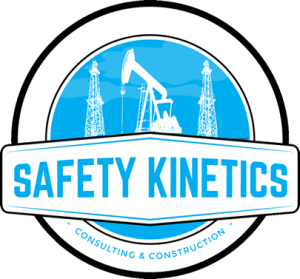
To lessen the possibility of heat exhaustion or heat stroke, keep your body well hydrated with water; wear light clothing that allows for perspiration; and reduce exertion on extremely hot, moist days, and allow for air circulation. If the below symptoms present themselves, call for an emergency responder and follow their instructions.
HEAT EXHAUSTION: Fatigue; weakness; profuse sweating; pale, clammy skin; headache; cramps; vomiting; fainting
Remove from hot area.
Have victim lay down and raise feet.
Apply cool wet cloths.
Loosen or remove clothing.
Allow small sips of water if victim is not vomiting.
HEAT STROKE: Dizziness; nausea; severe headache; hot, dry skin; confusion; delirium, coma
Remove victim from hot area.
Remove clothing.
Have victim lay down.
Cool the body. Cold moist applications applied to the body and air circulation to increase evaporation are recommended.
Do not give stimulants.
If working in an environment likely to product heat exhaustion or heat stroke and the above symptoms are noticed, call for an emergency responder. Unless trained and licensed in CPR/first aid and a designated first aid provider as an additional job as part of the company bloodborne pathogen program, employees will not:
a. expose themselves to blood or other bodily fluids of other employees at any
time.
b. provide any level of care beyond first aid.
c. fail to call an emergency responder immediately
